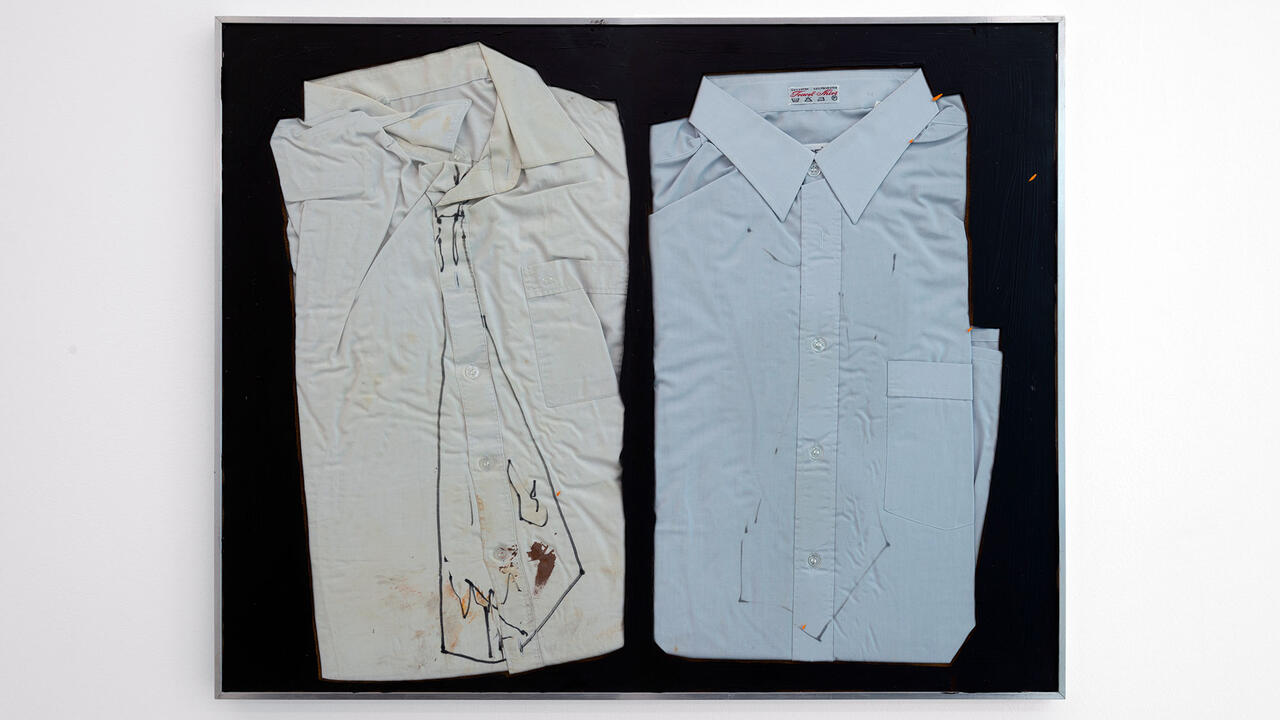Barbara Hammer

Dignity is a legal, ethical and political term, the contemporary meaning of which has its roots in the European Enlightenment of the 17th and 18th centuries. It is also a personal quality that is highly valued by rational individuals, and antithetical to notions of honour prevalent in religiously orientated societies. Dignity in its various aspects was the nominal subject of Barbara Hammer’s comprehensive second solo show at KOW. Whereas her 2011 exhibition at the gallery focused on works from the 1970s – which are now valued as pioneering pieces of queer cinema, experimental film, performance art and feminism – this show comprised later works, which engage with illness, ageing and death. In the nine works on view, dignity is not a passive quality or notion, animated as it is by palpable anger, which occasionally becomes outrage. Though the centrepieces were the three large film projections that occupy the lower floor of the gallery, to breeze past the video pieces on screens and monitors on the floor above would have been to miss the point of the show.
8 in 8 (1994), originally an eight-channel installation, was shown cut together on two Sony Trinitrons, and comprises a series of face-to-face interviews with female cancer survivors. It is a statement of intent: this exhibition is about real suffering, and the representation of actual people. The women are honest, and are variously angry, embarrassed, confessional, betrayed, bewildered, grateful. With her straightforward approach, Hammer illustrates that dignity is closely related to honesty – to telling it like it is.
Snow Job: The Media Hysteria of Aids (1986) is a video and aural collage punctuated with headlines from the mid-1980s, such as ‘Society’s Rights Come First’ and ‘Tongue Test for Aids’. There was outrage then too, but it was often a media-orchestrated, homophobic outrage, irrational and fuelled by ignorance. Hammer’s sense of anger is the polar opposite, rational and knowledge-based. But though her reasoning is about political issues, her artistic handling of moving images has much in common with the surrealistic work of filmmakers such as Harry Smith and Stan Brakhage. Her intricate and highly personal treatment of the medium as a route to self-representation is inherently critical of Hollywood-derived principles of montage. Underlining this condemnation of mass media is Cancer Bones (1994), an installation of calf bones gelatine-printed with newspaper headlines about cancer, particularly breast cancer. Save Sex (1993) is a minute-long, partly animated colour video that is a humorous plea for good sex, safely prophylactic though it may be. There was much sensuality in the show, but sensuality always guided and formed by intelligence. If Hammer occasionally does crazy things, as in Vital Signs (1991), where she cares for and caresses a human skeleton, it is done to press a point, an argument that would be self-evident if one took the time to think it through.
While there were many skeletons in the exhibition, they didn’t stay in the closet. They feature most heavily in the 16mm film Sanctus (1990), a heavily collaged piece comprising X-ray pictures taken of female subjects in the 1950s by Dr James Sibley Watson, a New York-based medical doctor and filmmaking enthusiast. Hammer treats the footage of this erstwhile publisher, philanthropist and pillar of the community with heated disdain, cropping and burning it, giving the women back a kind of subjecthood even as they perform for the camera, washing their hands, drinking milk, putting on make-up. These skeletons even have a threatening aspect, accompanied as they are by Neil B. Rolnick’s bombastic soundtrack, which uses parts of Mozart’s Requiem and, much too loud for comfort, recalls chorals and the ringing of church bells. There was something church-like about the show as a whole: but if it was a church, it was one of rationality, of the female subject, and of the human subject.














